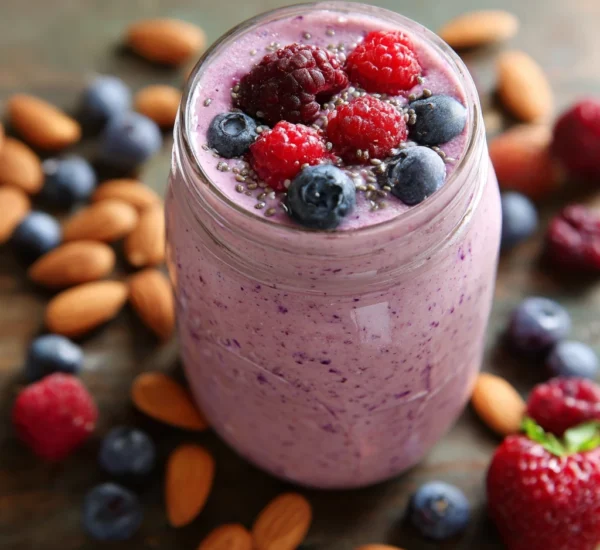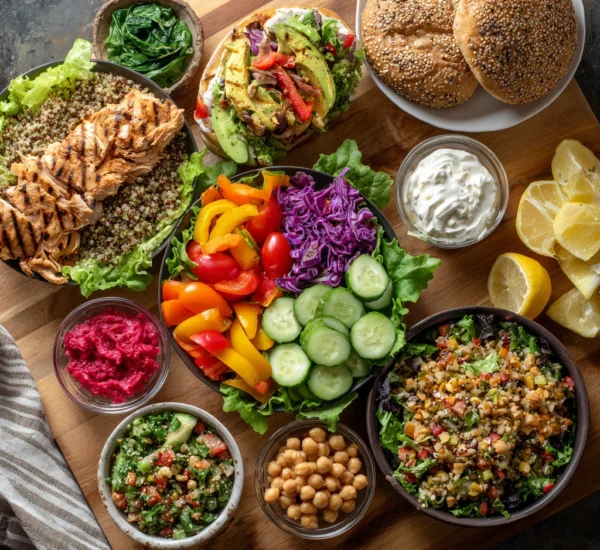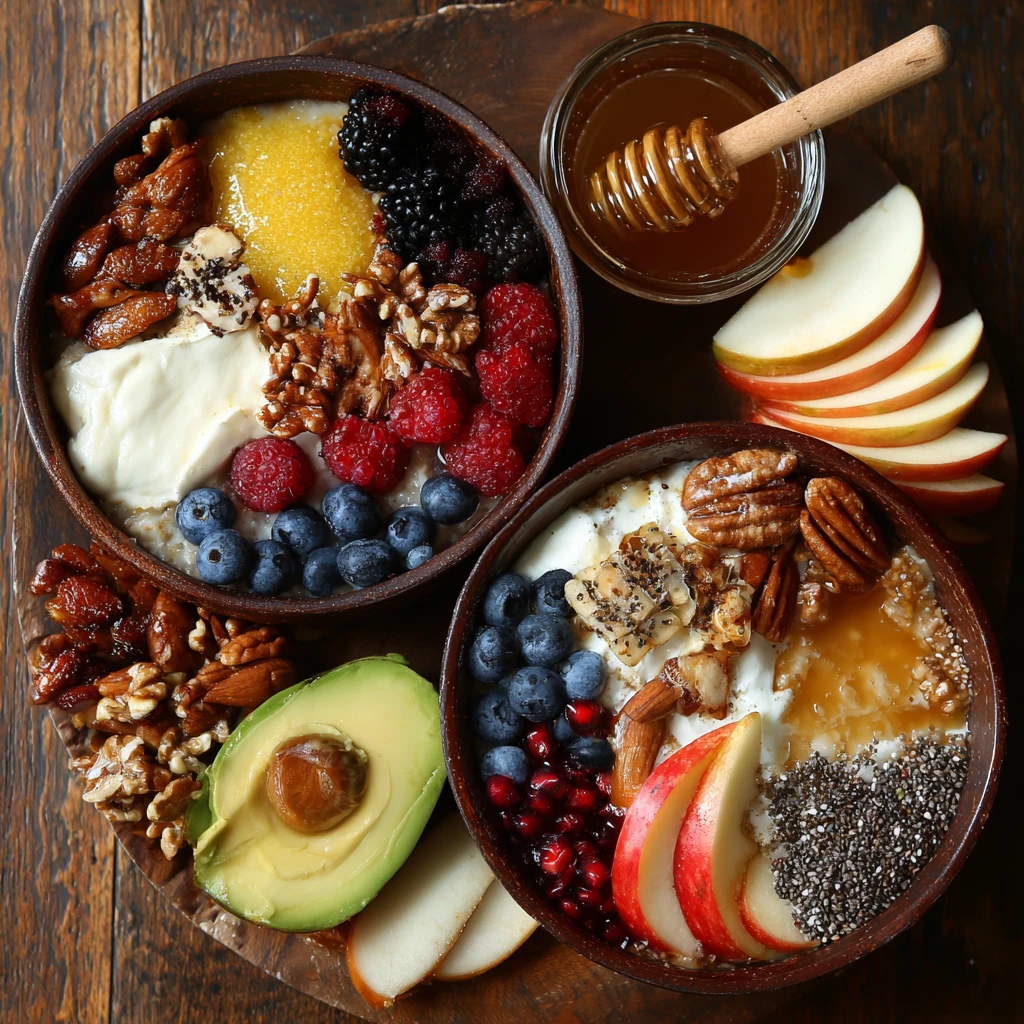Quick and Colorful Stir-Fries You'll Keep Making
Stir-fries: the champion of weeknight dinners. They’re fast, healthy, and incredibly versatile, making them a surefire way to get a delicious meal on the table in minutes. Plus, they’re a fantastic way to use up leftover vegetables lurking in the fridge. This article will guide you through crafting vibrant and flavorful stir-fries that will become staples in your weekly rotation.

Mastering the Stir-Fry Technique
The key to a perfect stir-fry lies in the technique. High heat and constant movement are crucial.
Preparing Your Ingredients
Before you even turn on the stove, ensure all your ingredients are prepped. This includes:
- Chopping Vegetables: Cut vegetables into uniform sizes. Consistent shapes ensure even cooking. Think julienned carrots, sliced bell peppers, broccoli florets, and chopped onions.
- Slicing Protein: Whether it’s chicken, beef, shrimp, or tofu, slice it thinly against the grain for maximum tenderness. Marinating your protein beforehand (even for just 15 minutes) adds flavor and helps it stay moist.
- Preparing the Sauce: Have your sauce ready to go. Combining all ingredients beforehand prevents a mad dash for soy sauce when your wok is smoking hot.
The Importance of High Heat
Stir-frying is a quick cooking method, relying on high heat to cook the ingredients rapidly and create a slight char, known as “wok hei” (the breath of the wok). Use a wok or a large skillet with high sides. A well-seasoned wok is ideal, but a cast-iron skillet also works well. The high heat helps prevent the vegetables from steaming and keeps them crisp-tender.
The Stir-Frying Process: Step-by-Step
1. Heat the Wok/Skillet: Place your wok or skillet over high heat until it’s smoking slightly. Add a high-smoke-point oil like peanut, canola, or avocado oil.
2. Add Aromatics: Add aromatics like garlic, ginger, and scallions. Stir-fry for a few seconds until fragrant, being careful not to burn them.
3. Cook the Protein: Add your protein and stir-fry until cooked through. Remove the protein from the wok and set aside. This prevents overcooking while you cook the vegetables.
4. Cook the Vegetables: Add the vegetables in order of cooking time, starting with the ones that take the longest to cook (like carrots and broccoli) and ending with leafy greens. Stir-fry until crisp-tender.
5. Combine and Sauce: Return the protein to the wok. Pour in the sauce and stir-fry until everything is evenly coated and heated through.
6. Garnish and Serve: Garnish with sesame seeds, chopped peanuts, or fresh herbs like cilantro or basil. Serve immediately over rice or noodles.
Building Flavorful Stir-Fry Sauces
The sauce is what brings a stir-fry together. Here are some essential components and flavor combinations to inspire you.
Essential Sauce Ingredients
- Soy Sauce: The base of many stir-fry sauces. Use low-sodium soy sauce to control the salt level.
- Oyster Sauce: Adds umami and richness. Vegetarian oyster sauce made from mushrooms is a great substitute.
- Sesame Oil: Provides a nutty aroma and flavor. Use toasted sesame oil for a more intense flavor.
- Rice Vinegar: Adds acidity to balance the richness of the other ingredients.
- Sugar: Balances the salty and acidic flavors. Use granulated sugar, brown sugar, or honey.
- Cornstarch: Thickens the sauce and gives it a glossy finish.
Flavor Combination Ideas
- Classic Asian: Soy sauce, oyster sauce, sesame oil, rice vinegar, ginger, garlic, red pepper flakes.
- Sweet and Sour: Soy sauce, rice vinegar, sugar, ketchup, pineapple juice, cornstarch.
- Peanut Sauce: Soy sauce, peanut butter, rice vinegar, honey, sesame oil, garlic, ginger, red pepper flakes.
- Hoisin Sauce: Hoisin sauce, soy sauce, sesame oil, rice vinegar, garlic, ginger.
Adjusting the Sauce to Your Taste
Taste the sauce before adding it to the stir-fry and adjust the ingredients as needed. Add more sugar for sweetness, more vinegar for tanginess, or more red pepper flakes for heat. Don’t be afraid to experiment!
Stir-Fry Recipe Ideas and Variations
The possibilities for stir-fries are endless. Here are a few recipe ideas to get you started:
Chicken and Broccoli Stir-Fry
This is a classic for a reason. It’s quick, easy, and satisfying.
- Protein: Chicken breast, cut into bite-sized pieces.
- Vegetables: Broccoli florets, sliced carrots, sliced onions.
- Sauce: Soy sauce, oyster sauce, sesame oil, rice vinegar, ginger, garlic, cornstarch.
Beef and Bell Pepper Stir-Fry
This hearty stir-fry is packed with flavor and nutrients.
- Protein: Beef sirloin, thinly sliced against the grain.
- Vegetables: Sliced bell peppers (red, yellow, and green), sliced onions.
- Sauce: Soy sauce, brown sugar, rice vinegar, garlic, ginger, cornstarch.
Shrimp and Vegetable Stir-Fry
A light and flavorful option that’s perfect for a quick weeknight meal.
- Protein: Shrimp, peeled and deveined.
- Vegetables: Snow peas, sliced mushrooms, water chestnuts.
- Sauce: Soy sauce, sesame oil, rice vinegar, honey, garlic, ginger, red pepper flakes.
Tofu and Vegetable Stir-Fry
A vegetarian option that’s packed with protein and flavor. Use firm or extra-firm tofu, pressed to remove excess water.
- Protein: Tofu, pressed and cubed.
- Vegetables: Broccoli florets, sliced carrots, sliced bell peppers, sliced onions.
- Sauce: Soy sauce, hoisin sauce, sesame oil, rice vinegar, garlic, ginger.
Customizing Your Stir-Fry
Don’t be afraid to get creative with your stir-fries! Use whatever vegetables you have on hand and experiment with different sauces and proteins. Consider adding:
- Leafy Greens: Spinach, kale, bok choy. Add these at the very end, as they cook quickly.
- Mushrooms: Shiitake, oyster, cremini. Add these early in the cooking process.
- Nuts and Seeds: Cashews, peanuts, sesame seeds. Add these at the end for added crunch.
- Spices: Chili garlic sauce, sriracha, curry powder. Add these to the sauce for extra flavor.
Tips and Tricks for Stir-Fry Success
Even with the right ingredients and technique, there are a few extra tips and tricks that can help you achieve stir-fry perfection.
Don't Overcrowd the Wok
Overcrowding the wok lowers the temperature and causes the vegetables to steam instead of stir-fry. Cook in batches if necessary.
Marinate Your Protein
Marinating your protein before cooking adds flavor and helps it stay tender. A simple marinade of soy sauce, ginger, garlic, and sesame oil works well for most proteins.
Use Fresh Ingredients
Fresh ingredients will always result in the best flavor. Use fresh vegetables and herbs whenever possible.
Season as You Go
Taste the stir-fry as you cook and adjust the seasoning as needed. Add more soy sauce for saltiness, more vinegar for tanginess, or more sugar for sweetness.
Serve Immediately
Stir-fries are best served immediately. They tend to get soggy if they sit for too long.
Make it Ahead
While it is best served immediately, you can chop your vegetables ahead of time and store them in the refrigerator for up to 24 hours. You can also prepare the sauce ahead of time and store it in the refrigerator for up to a week. However, the actual stir-frying should be done just before serving.

Frequently Asked Questions (FAQ)
- What is the best oil to use for stir-frying? High-smoke-point oils like peanut oil, canola oil, avocado oil, and vegetable oil are best for stir-frying.
- Can I use frozen vegetables in a stir-fry? Yes, you can use frozen vegetables, but they may not be as crisp as fresh vegetables. Thaw the vegetables before adding them to the wok.
- How do I prevent my stir-fry from being too salty? Use low-sodium soy sauce and taste the sauce before adding it to the stir-fry. Adjust the ingredients as needed.
- What can I use instead of oyster sauce? Vegetarian oyster sauce made from mushrooms is a great substitute. You can also use hoisin sauce or a combination of soy sauce, sugar, and a touch of vinegar.
- How do I thicken my stir-fry sauce? Cornstarch is the most common thickening agent for stir-fry sauces. Mix cornstarch with a little cold water to form a slurry before adding it to the sauce.
- What is "wok hei"? "Wok hei" is a Cantonese term that refers to the smoky, slightly charred flavor that comes from cooking in a hot wok.
- What kind of noodles are best for stir-frying? Lo mein noodles, chow mein noodles, and rice noodles are all good options for stir-frying.
- How do I keep my noodles from sticking together? Rinse the noodles after cooking them and toss them with a little oil before adding them to the stir-fry.



